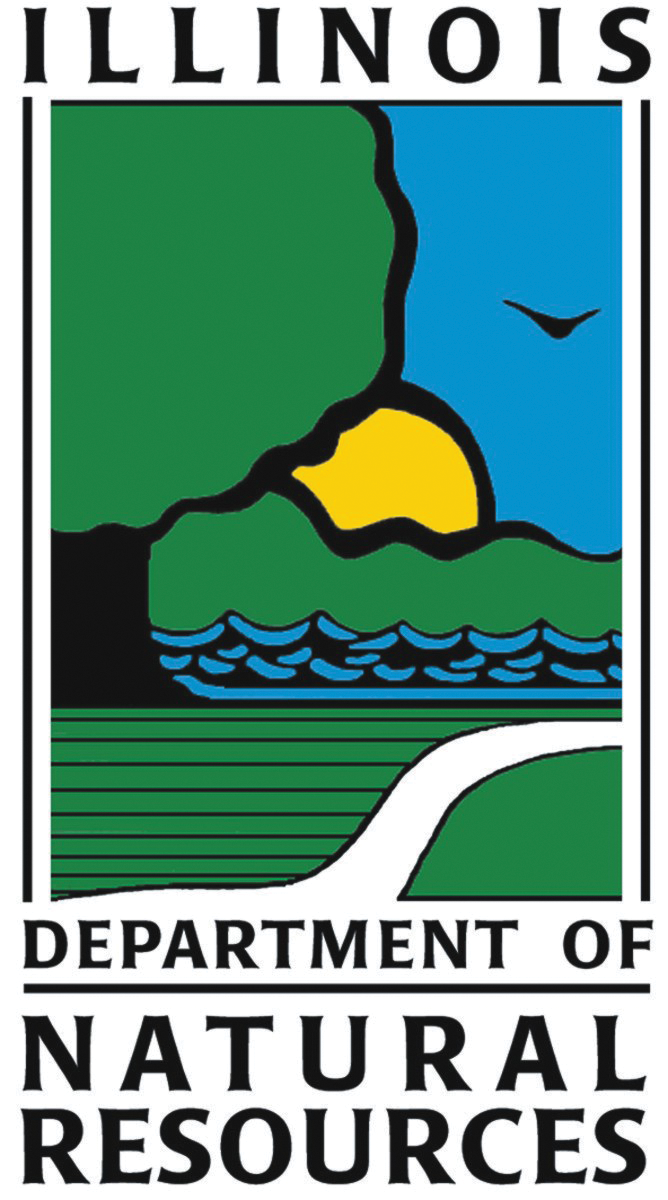Commercial
Outdoor Lighting

Outdoor lighting is installed for a variety of reasons, including safety and commerce. However, recent research has shown that some kinds of nighttime lighting can be hazardous to wildlife. To minimize the harmful effects of light pollution, lighting should:
- only be turned on when needed
- only light the area needed
- be no brighter than necessary
- minimize blue light emissions
- be fully shielded (pointed downward)
The International Dark Sky Association has examples of outdoor lighting that are wildlife-friendly. They have also developed a set of recommendations for those choosing lighting systems that are energy and cost efficient, ensure safety and security, and reduce light pollution which helps to protect wildlife. They recommend:
- choosing fully shielded fixtures that emit no light upward
- using “warm-white” or filtered LEDs (CCT ≤ 3000 K; S/P ratio ≤ 1.2) to minimize blue light emission
- using products that are capable of accepting 7-pin controls that can enable use of dimmers, timers, motion sensors, and networking
- dimming or turning off lights during overnight hours
- avoiding the temptation to over-light because of the higher luminous efficiency of LEDs
- lighting the exact space (and in the amount required) for particular tasks
- selecting fixtures that have aftermarket shields available if light trespass is an issue in some lighting situations
- giving the community a chance to have a say in what they will be living with and testing installations for soliciting public input and feedback



